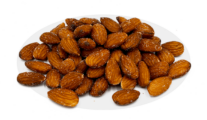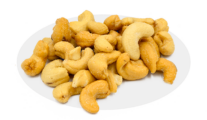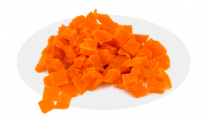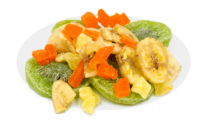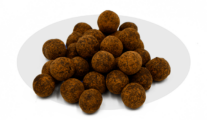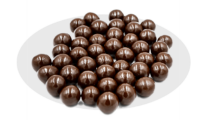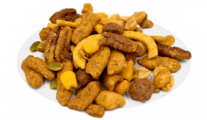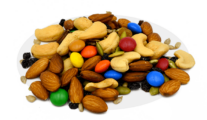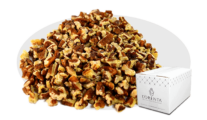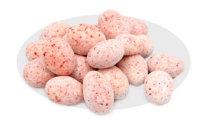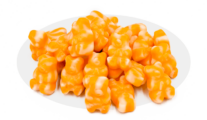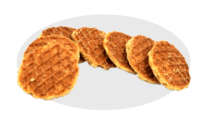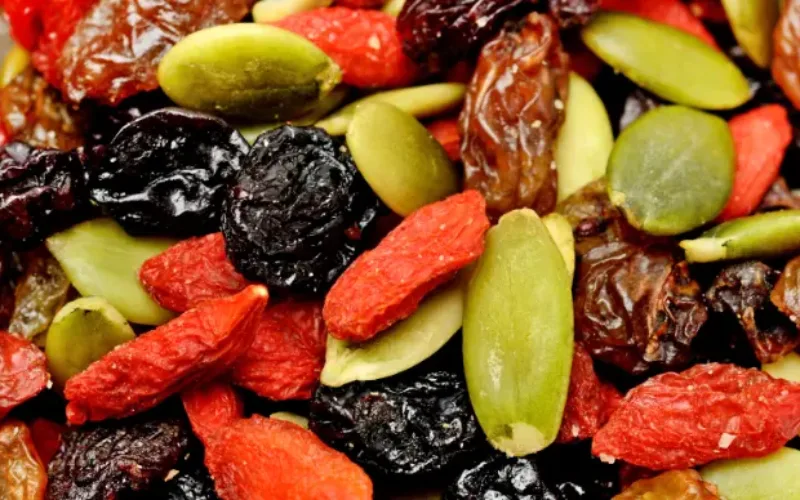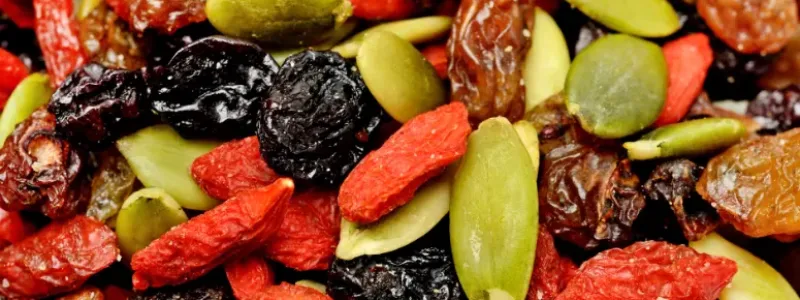Written By Sam Henselijn
Cheers To Cherries. February is National Cherry Month but it is never too late to talk about this delicious and healthy fruit.
Cherries appeared on earth about 3,000 years ago, between the Black and the Caspian Seas.
The earliest mention of cherries is in Theophrastus (372-272 B.C) “History of Plants”. It indicates that cherries had been cultivated for hundreds of years in Greece. The plant comes from the Turkish town of Cerasus and it is in Turkey that we find the largest cherry production in the world. King Charles V of France planted over one thousand cherry trees in his gardens at St. Paul and Tournelle in the mid 1300’s. They were brought by colonists in Europe later in the 1600s for large production.
In the US, it was back in 1847 that Henderson Lewelling was the first man to plan cherry trees in the Northwest. Later on, his younger brother Seth Lewelling created the sweet cherry that is the most famous today: the Bing. Seth was a strong supporter of President Lincoln and that is why he named the next cherries he created Lincoln varieties.
Cheers To Cherries
Washington State
Today, Washington State is the region where most of the sweet
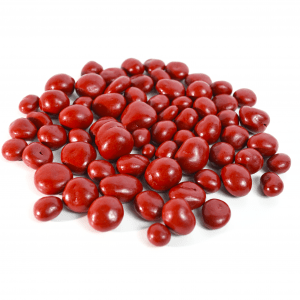
cherries grow in the country. There are more than 1,000 varieties of cherries in the United States, but fewer than 10 are produced commercially.
Cherries are related to plums and have the shortest period between flower blossom and harvest of any tree fruit (60-75 days). Cherry trees are extremely beautiful to look at when they blow during the spring because they are covered of white or pink blossoms. Once they are done blooming, the cherries are popping out !
They have a thick, rich, and almost plum-like texture.
Sour cherries are used for preservatives and other cooking preparations.
It exists 1,000 different types of cherries, but only a few of varieties are commonly cultivated:
The sweet cherries are self-sterile and are the best to grow for an orchard or if you have a large garden. You will need at least two or three trees because they need to pollinate each other.
Stella Cherries
The Stella cherries are a relatively new self-pollinating dwarf cultivar. Stella cherry trees do not require a second compatible tree for cross-pollination.
The sour cherry trees are much smaller than sweet cherries and are self-fertile.
You have to know that cherries need ample space, air circulation, and water maintenance to thrive. But individual climate needs can vary within cherry varieties: Bing cherries are rated for USDA zones 5 through 9 but Black Tartarian cherries are restricted to USDA zones 5 through 7. If you want to try the adventure, ask your local garden center about the varieties that are best for your region. Follow these steps:
Pick the site. Cherry trees need full sun, good air circulation, and space—about 30 to 40 feet between individual trees.
Prepare the site. Light, sandy soil types with good depth are best to go for.
Planting the Tree
Planting the tree. To plant a standard-sized cherry tree, you have
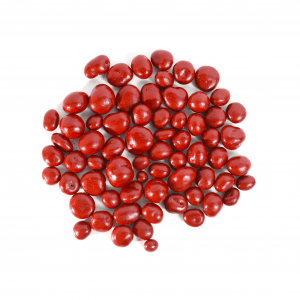
to dig a hole about the size of the root-ball. Set the rootstock with the graft union, a few inches below the soil surface. If the sapling is a bare root tree, spread the loose roots evenly down into the planting hole. Then, fill in the hole with soil and tamp down firmly, leaving a little of the root-ball showing above ground.
Like many other red fruits, cherries are very beneficial to our health.
Know that all the cherries varieties are highly nutritious and packed with fiber, vitamins, and minerals. Some evidence suggests that they can also enhance exercise performance. Finally, they improve sleep quality and are super easy to add to your diet!
Can you make eating cherries even better? Yes by adding chocolate to it! This is what we did with our delicious milk chocolate cherry red. This gluten free treat full of milk chocolate, white chocolate and cherry flavors is the perfect choice to share with your guests or to bite with your cup of coffee. They are tasty and pretty to look at: we polish them with a glossy look.
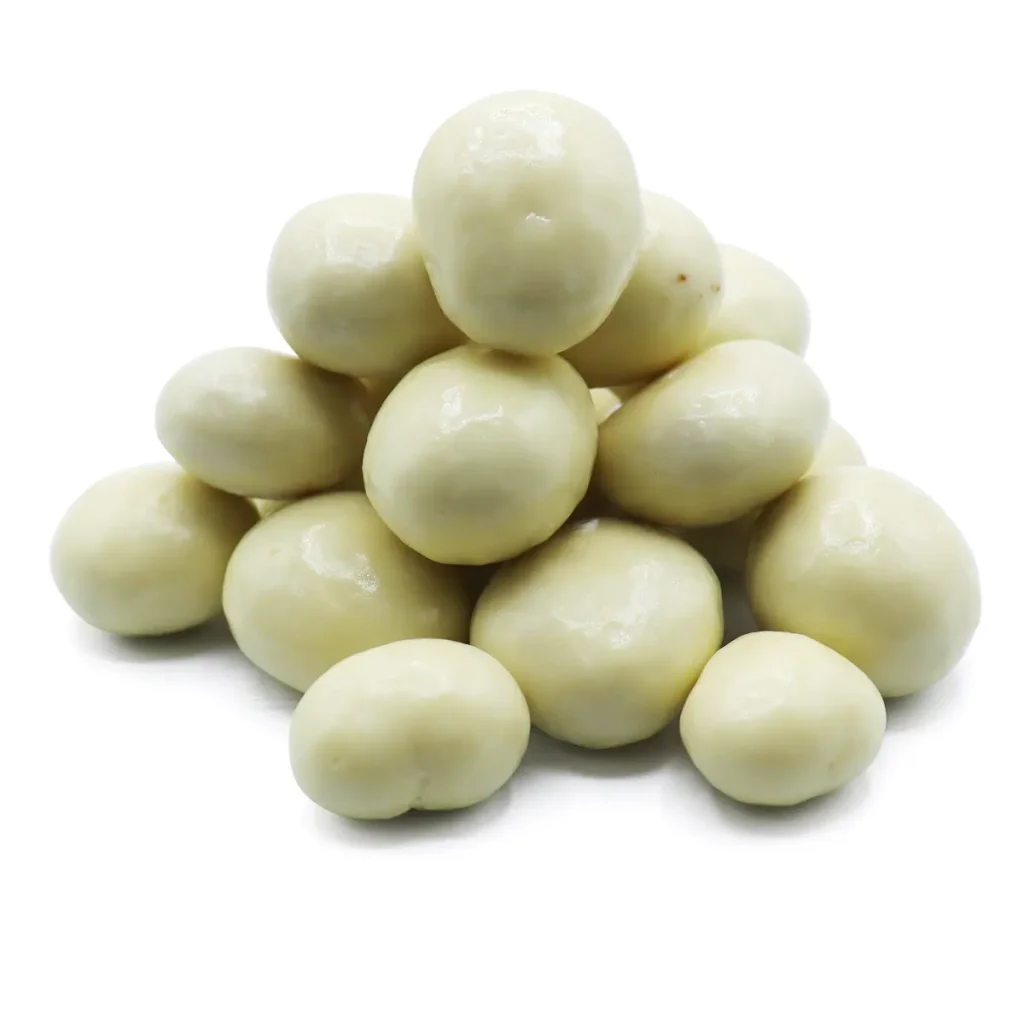
In order to conserve their look and taste, do not put them in the fridge! Chocolate absorbs other odors that can cause the chocolate to taste unpleasant. Moisture from the fridge can result in “sugar bloom” which means the sugar rises to the surface and discolors the chocolate. Although it has no effect on the flavor, it doesn’t look too appealing. Store your chocolates in a dry, cool place, ideally between 65 and 70 degree F. Seal your chocolates in an air-tight container and keep them away from sunlight or direct artificial light.
Sam Henselijn Author’s Biography – Meet L’Orenta Nuts CEO
Copyright 2024 L’Orenta Nuts
L’Orenta Nuts proudly holds the SQF food safety certification, symbolizing our unwavering dedication to upholding the highest standards of food safety and quality. This certification guarantees that our products undergo rigorous scrutiny, ensuring transparency, traceability, and adherence to global food safety regulations for the utmost consumer confidence.
L’Orenta Nuts has the HACCP (Hazard Analysis and Critical Control Points) certification is a systematic approach to identifying, evaluating, and controlling food safety hazards. It ensures that food products are produced and handled in a manner that minimizes risks and complies with safety standards.
Our GMP (Good Manufacturing Practices) certification ensures that a manufacturing facility adheres to comprehensive quality and safety standards while producing pharmaceuticals, food, and other consumer goods, promoting consistency, quality, and compliance with regulatory requirements.
L’Orenta is an FDA-approved manufacturing facility and has met the rigorous standards set by the U.S. Food and Drug Administration. It demonstrates compliance with regulations, ensuring the production of safe and high-quality food products.


